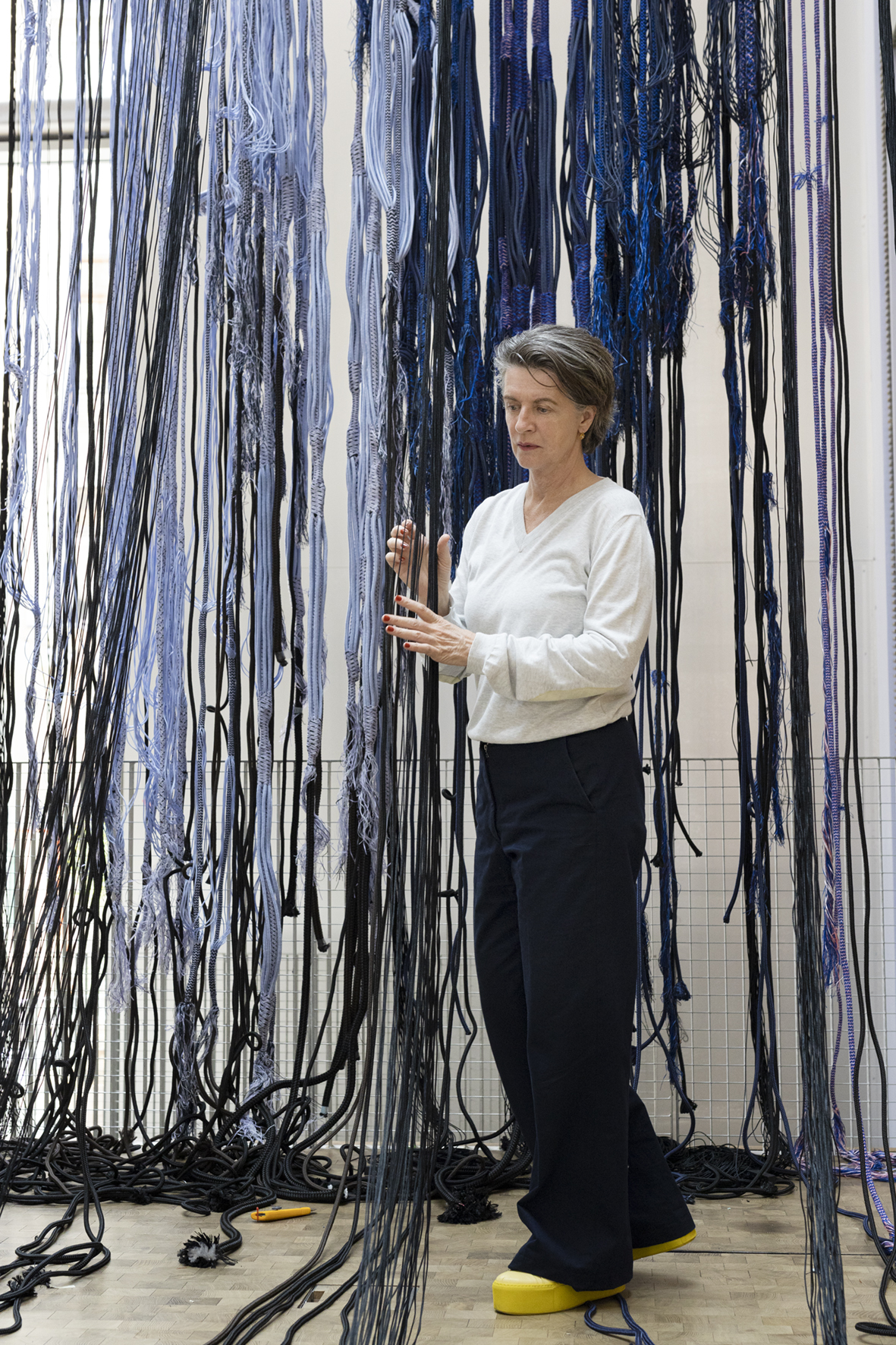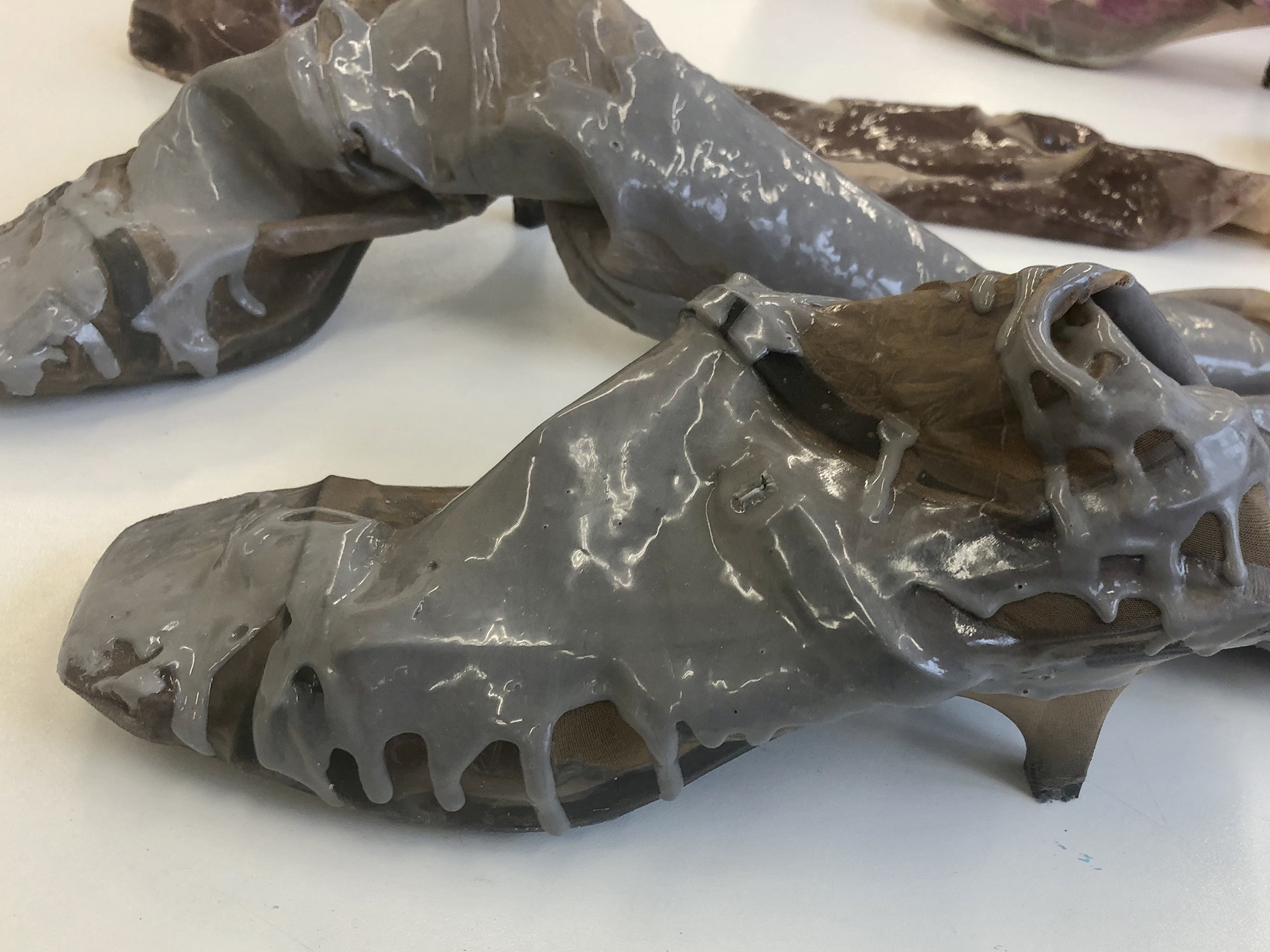

What to design in a world of plenty?
a workshop by Hella Jongerius
NOVEMBER 2019 : Lecture and Masterclass on how design can act to make a change in the world.
Hella Jongerius is one of the most influential Dutch designers when it comes down to groundbreaking research, revealing the potential use and significance of color, material and texture. Recently Hella founded the Weaver Werkstatt, an initiative to stimulate the development of weaving knowledge amongst designers. Summer 2019 they transformed the interior space of Lafayette Anticipations in Paris into a giant textile studio, exposing the viewing public to the research and experimentation that goes into the production process in order to create awareness, re-valuation and appreciation for textiles.
The current production and consumption of textiles has created one of the most polluting industries in the world with huge social, cultural and economic implications. It is therefore crucial to develop a more activist approach and ask ourselves as designers of the future where design can act. What is our message and what do we add? Based on this need for a more idealistic agenda in design, Hella’s Masterclass at the Royal Academy of Art The Hague in Fall 2019 was centered around one pivotal question to challenge our critical attitudes and responsibilities, reflecting on possible directions for the role that our design can play: “What to design in a world of plenty?”





